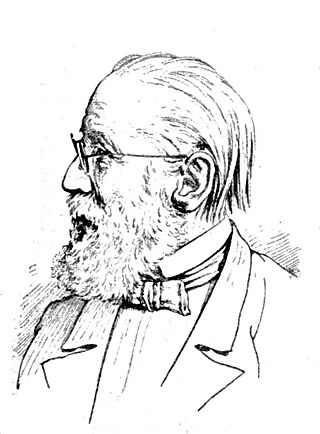Top Qs
Timeline
Chat
Perspective
Karl Bötticher
German archaeologist (1806–1889) From Wikipedia, the free encyclopedia
Remove ads
Karl Gottlieb Wilhelm Bötticher (29 May 1806, Nordhausen – 19 June 1889, Berlin) was a German archaeologist who specialized in architecture.
You can help expand this article with text translated from the corresponding article in German. (July 2021) Click [show] for important translation instructions.
|

Remove ads
Biography
He was born in Nordhausen. He studied at the Academy of Architecture in Berlin, and was afterwards appointed an instructor in the School of Design of the Industrial Institute there. In 1844, he was appointed a professor of tectonics (architectonics) at the Academy of Architecture.[1]
In 1853, he received his doctorate from the University of Greifswald, and later worked as a lecturer at the University of Berlin (until 1862). In 1868, he was appointed director of the sculpture department at the Berlin Museum.[1][2]
Remove ads
Works
His chief work is the "Tektonik der Hellenen" (Architectonics of the Greeks; 1844–52), a contribution to the study of Ancient Greek architecture. In this work Bötticher suggested splitting the architectural form into a structural "core-form" (German: Kernform) and decorative "art-form" (German: Kunstform). Art-form was supposed to reflect the functionality of the core-form: for example, rounding and tapering of the column should suggest its load-bearing function.[3]
Others of his works are:
- Holzarchitektur des Mittelalters (Wooden architecture of the Middle Ages; 1835–41).
- Das grab des Dionysos. An der marmorbasis zu Dresden, (1858).
- Der Omphalos des Zeus zu Delphi, (1859)
- Bericht über die Untersuchungen auf der Akropolis in Athen (1863).
- Der Zophoros am Parthenon (1875).[4]
- Die Thymele der Athena Nike auf der Akropolis von Athen (1880).
Remove ads
Notes
References
Wikiwand - on
Seamless Wikipedia browsing. On steroids.
Remove ads
